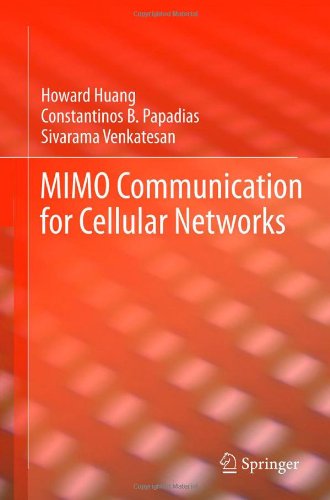

Most ebook files are in PDF format, so you can easily read them using various software such as Foxit Reader or directly on the Google Chrome browser.
Some ebook files are released by publishers in other formats such as .awz, .mobi, .epub, .fb2, etc. You may need to install specific software to read these formats on mobile/PC, such as Calibre.
Please read the tutorial at this link: https://ebookbell.com/faq
We offer FREE conversion to the popular formats you request; however, this may take some time. Therefore, right after payment, please email us, and we will try to provide the service as quickly as possible.
For some exceptional file formats or broken links (if any), please refrain from opening any disputes. Instead, email us first, and we will try to assist within a maximum of 6 hours.
EbookBell Team

5.0
108 reviewsAs the theoretical foundations of multiple-antenna techniques evolve and as these multiple-input multiple-output (MIMO) techniques become essential for providing high data rates in wireless systems, there is a growing need to understand the performance limits of MIMO in practical networks. To address this need, MIMO Communication for Cellular Networks presents a systematic description of MIMO technology classes and a framework for MIMO system design that takes into account the essential physical-layer features of practical cellular networks.
In contrast to works that focus on the theoretical performance of abstract MIMO channels, MIMO Communication for Cellular Networks emphasizes the practical performance of realistic MIMO systems. A unified set of system simulation results highlights relative performance gains of different MIMO techniques and provides insights into how best to use multiple antennas in cellular networks under various conditions.
MIMO Communication for Cellular Networks describes single-user, multiuser, network MIMO technologies and system-level aspects of cellular networks, including channel modeling, resource scheduling, interference mitigation, and simulation methodologies. The key concepts are presented with sufficient generality to be applied to a wide range of wireless systems, including those based on cellular standards such as LTE, LTE-Advanced, WiMAX, and WiMAX2. The book is intended for use by graduate students, researchers, and practicing engineers interested in the physical-layer design of state-of-the-art wireless systems.